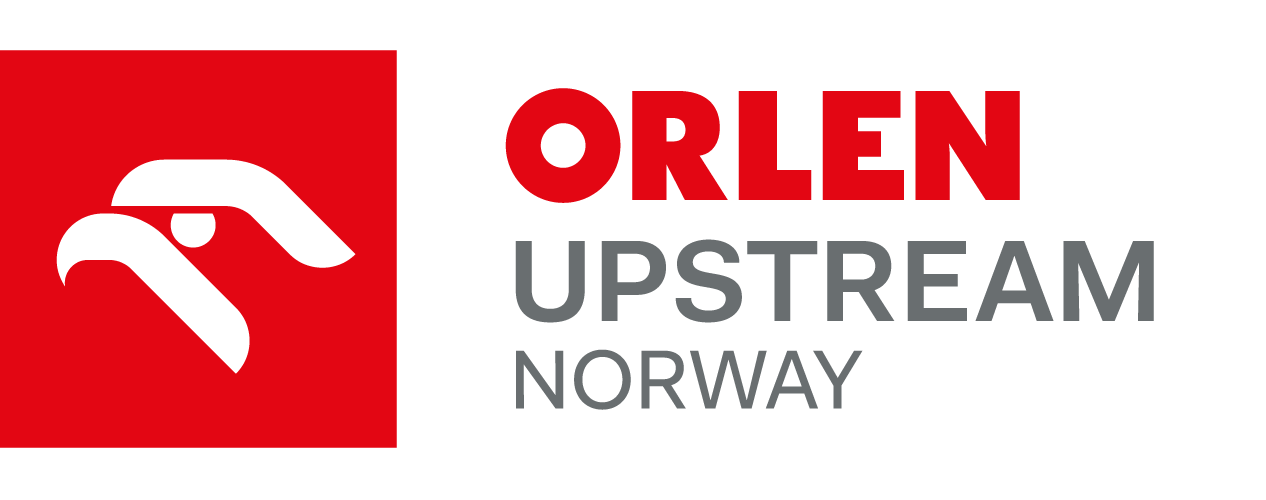29.12.2021 PGNiG's pioneering investment on the Norwegian Continental Shelf
The Norwegian company of PGNiG SA launched the first line of the heated gas pipeline serving the Ærfugl field. The installation is unique and opens new prospects for the development of subsea resources.
PGNiG Upstream Norway, together with Aker BP and other licence partners, launched the first line of the Electrically Heat Traced Flowline (EHTF) connecting three production wells of the Ærfugl field with the floating production and storage unit FPSO Skarv. The installation, with a record length of 14.5 km, is intended to prevent the formation of hydrates – an ice-like mixture of water and methane that can accumulate in pipelines posing a threat of blockages.
In the case of Ærfugl the risk of hydrate formation is particularly high. The sea depth at the location where the pipeline is laid is up to 400 m, which means the temperature of water surrounding the installation can drop as low as 3 degrees Celsius. An even more significant risk factor is the considerable distance between the Ærfugl wells and FPSO Skarv. Transporting raw/unprocessed gas over a distance of several kilometres in such conditions means long exposure to low temperatures, thus increases the likelihood of hydrate formation.
‘The gas pipeline commissioned by PGNiG Upstream Norway is the longest installation of this type in the world and the first one longer than 1.5 kilometres. The success of the project opens new perspectives for the development of offshore deposits,’ emphasised Paweł Majewski, President of the Management Board of PGNiG SA, the company which owns PGNiG Upstream Norway. ‘Thanks to EHTF technology, it will be possible to connect even remote fields to already existing production infrastructure of in a more cost and energy effective manner than with other solutions already used to mitigate risk of hydrate formation,. This will not only allow for cheaper development and operation of remote deposits, but will also reduce the total carbon footprint associated with their exploitation,’ added Mr. Majewski.
The environmental objectives were an important criterion during the design process of the EHTF. The licence partners aimed to achieve the highest possible energy efficiency of the installation. Electricity is used to heat the pipeline through a wires mounted in an insulated space between the inner and outer pipe. The insulation not only reduces the consumption of electricity but helps protect the surrounding environment against thermal radiation.
Extensive use of already existing infrastructure for exploration of new deposits is an important element of PGNiG's operational strategy on the Norwegian Continental Shelf. In addition to Ærfugl, the Gråsel field is also connected to the FPSO Skarv, and there are plans to tie in wells in the Shrek and Alve Nord fields. The Duva field, which commenced production in August 2021, is served by the infrastructure of the neighbouring Gjøa field.
Ærfugl is a gas-condensate field with recoverable reserves estimated at approx. 274.7 million barrels of oil equivalent (boe). There are still ca. 210 million boe to be extracted. PGNiG Upstream Norway holds an 11.9% interest in the Ærfugl licence, and 15% in Ærfugl Nord. The operator is Aker BP (23.8%) and the other partners are Equinor Energy (36.2%) and Wintershall DEA (28.1%).


